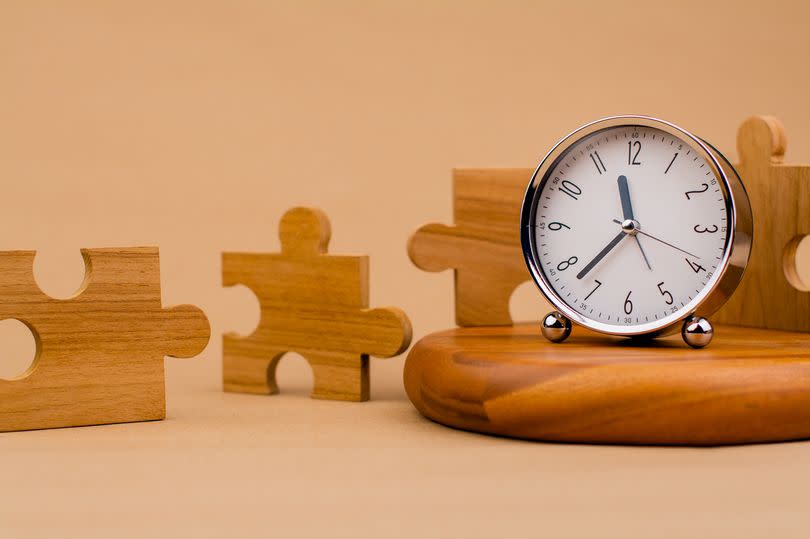People are struggling to work out simple clock riddle - try solving it here

This mind-boggling riddle that has been shared on social media is sure to leave you puzzled. We all rely on clocks daily to keep track of time, yet how many of us fully understand the workings of a traditional analogue clock?
With the prevalence of digital clocks on our smartphones, computers, and increasingly, our watches thanks to the advent of smartwatches, it's easy to lose touch with more classical time-telling mechanisms.
Take an up-close glance at an analogue clock face, and you might spot something peculiar about the placement of numbers, reports the Mirror.
A video that has since gone viral online challenges viewers to figure out why specific pairs of numbers on a clock face share particular commonality, leaving many stumped. Do you think you can crack this?
Shared by @gunsnrosesgirl3 on X (previously known as Twitter), the clip showcases a depiction of the face of a clock. The time displayed reads 20 minutes past 12, but successfully figuring out this brain teaser doesn't require understanding the time.
Instead, the focus should be on the numbers positioned exactly opposite each other on the clock face.
In the shared footage, a person first envelops the numbers 12 and six - positioned directly across from each other - in a circle, underlining the fact that these numbers have a difference of six.
The individual proceeds to identify similar pairs around the clock face - including one and seven, two and eight, three and nine, among others - emphasising that a difference of six also characterises these pairs. To conclude, the person inscribes the question at the bottom of the page: "Why six?"
Ever wondered why the difference is always six between 'opposite' numbers on a clock face?
It may appear mysterious, but there's actually a straightforward justification. Settle in, take some time to ponder this puzzle and when you're ready, scroll down for the resolution.
Answer
Believe it or not, there's no sorcery involved - the discrepancy between opposing digits is always six because it's the halfway point of the total number of segments on a clock face. As one keen observer noted, the result will always be half, no matter the total number of segments in your circle.
They explained: "I will try to explain it easily. It's because it's half. If the dial was 100 numbers, then everything 180 degrees or directly across would be 50 apart."
Picturing a clock face divided into 100 parts, thus 100 and 50 would sit opposite each other, similar to the position of 12 and 6 on a usual clock face. Proceeding likewise, you'd discover that the pairs include one and 51, two and 52, three and 53, therefore the difference remains a constant 50.
Other participants deciphered the riddle in like manners. A commenter pointed out: "Because half of 12 is 6, and when you add one to both numbers as you go around the clock, the answer remains six. Not a mystery."
Don't miss the latest news from around Scotland and beyond - Sign up to our newsletter here.

 Yahoo News
Yahoo News 
